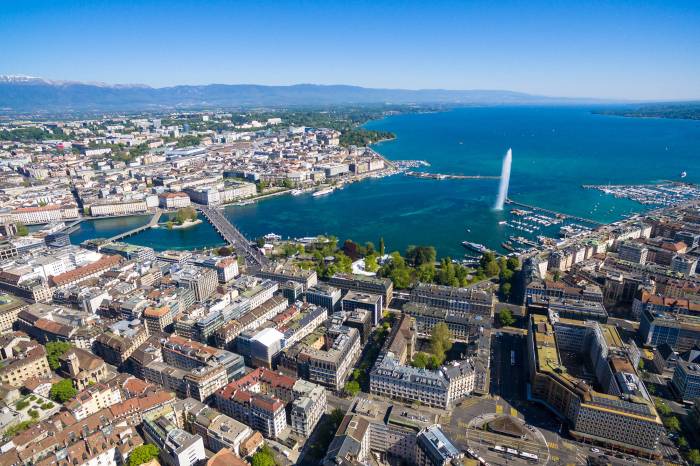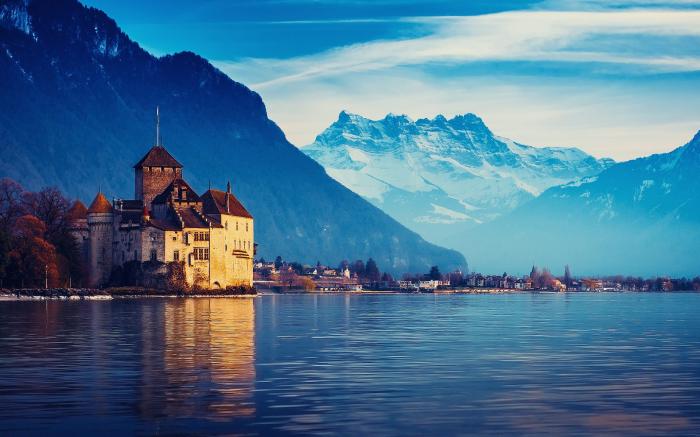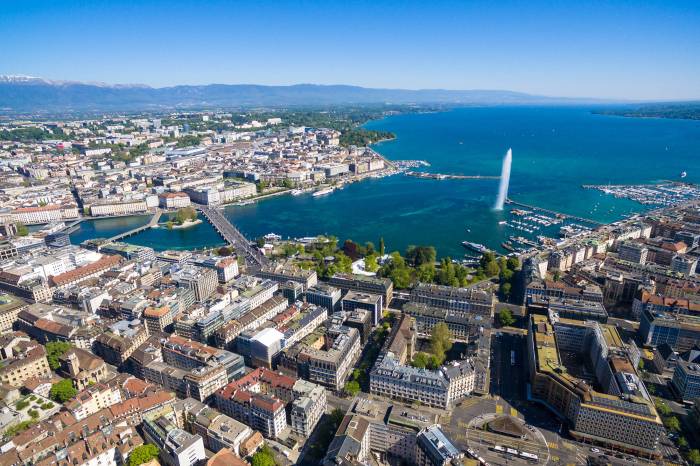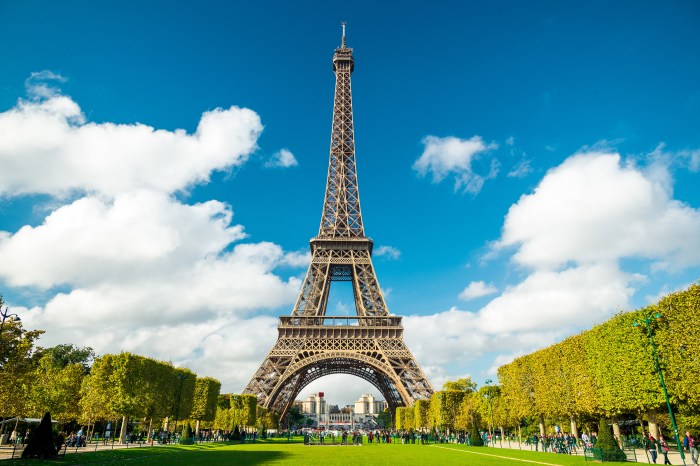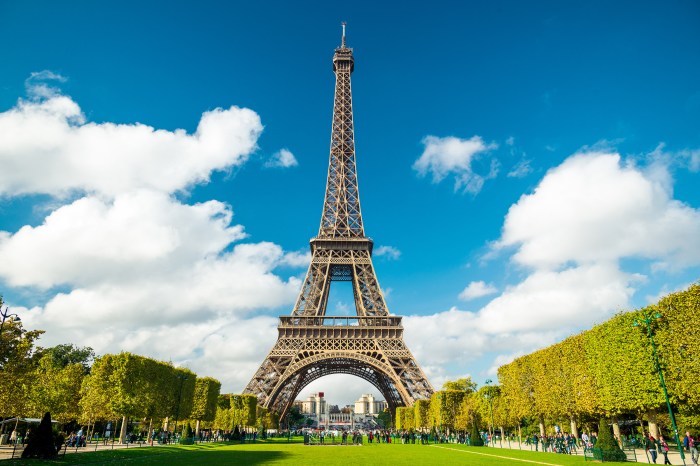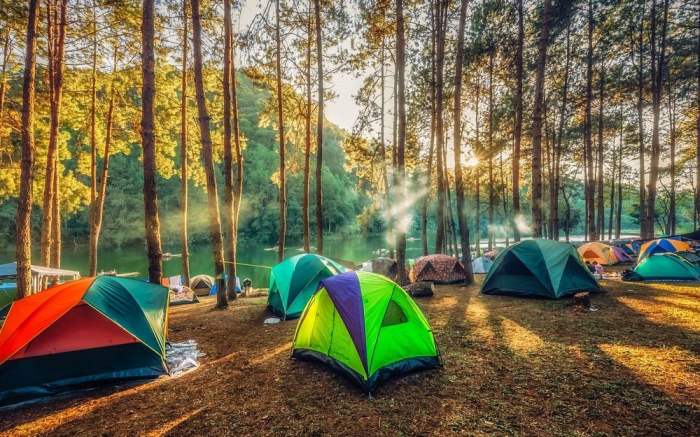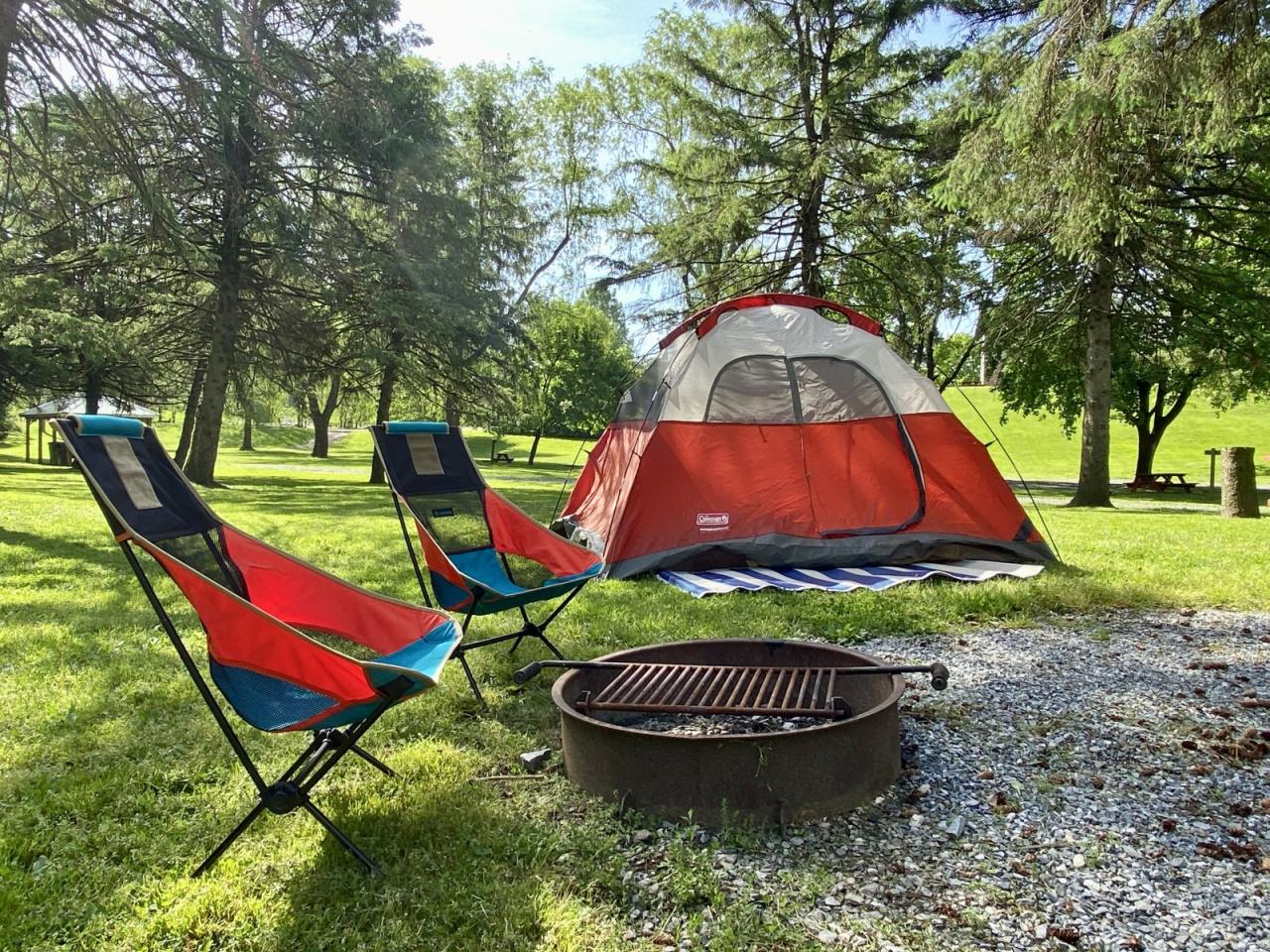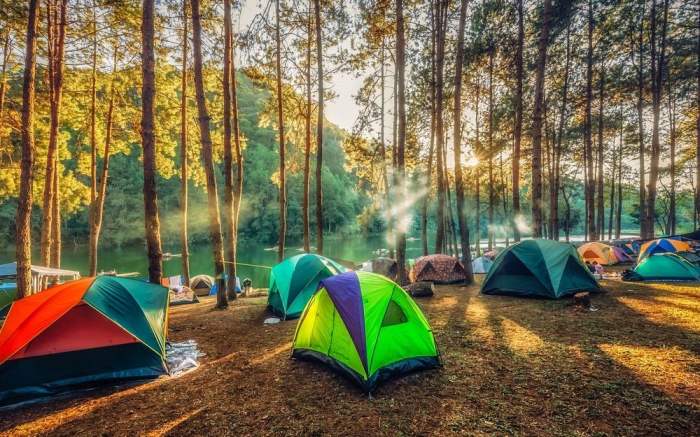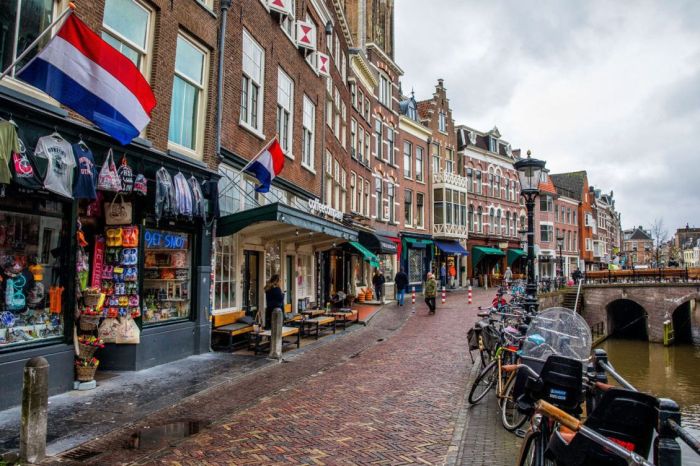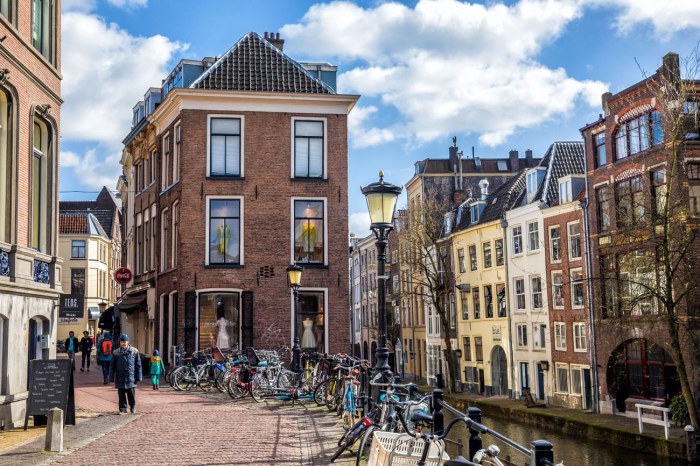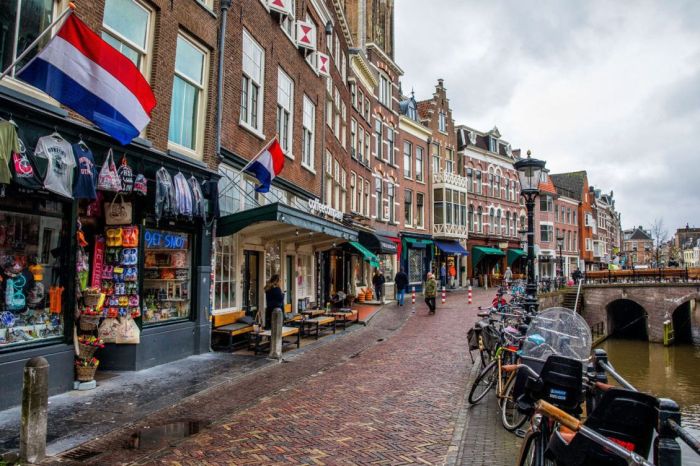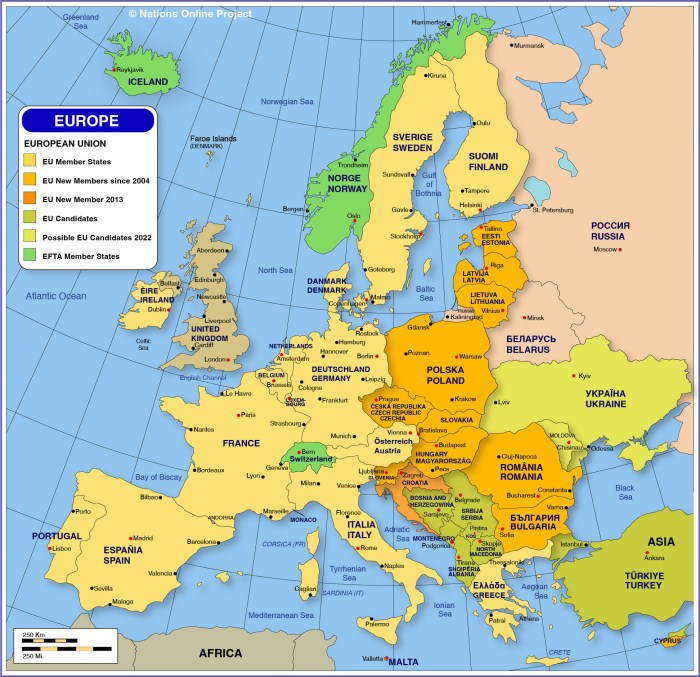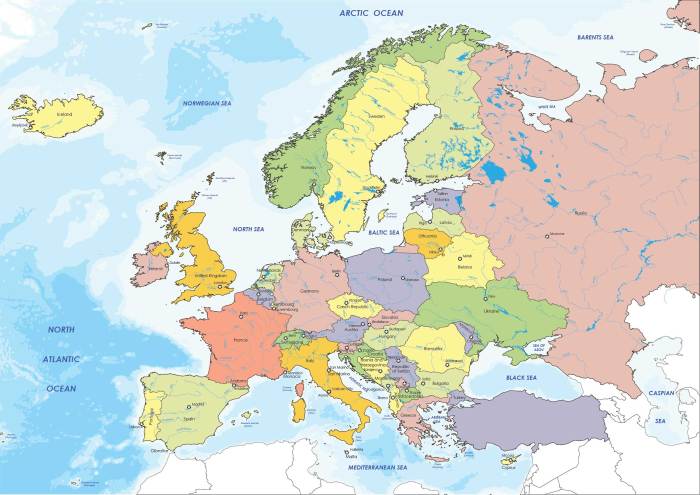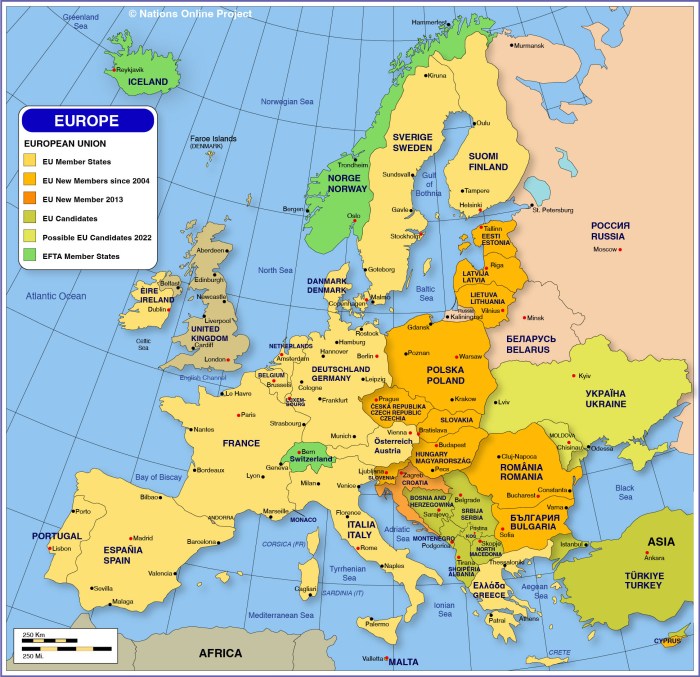First time France where to go and what to do? France, a land of breathtaking beauty, rich history, and vibrant culture, awaits your discovery. From iconic cities like Paris to picturesque countryside escapes, this guide will help you plan the perfect trip. We’ll explore everything from choosing the ideal destination to navigating French customs and maximizing your experience.
This comprehensive guide unpacks the nuances of planning a trip to France, offering a wealth of information on destinations, activities, and practical tips for first-time visitors. Whether you’re a history buff, a foodie, or an outdoor enthusiast, you’ll find something to captivate you. We’ll explore the diverse regions, highlight must-see attractions, and equip you with the knowledge to make the most of your French adventure.
Introduction to France for First-Timers
France, a land of captivating history, exquisite cuisine, and breathtaking landscapes, beckons first-time visitors with an array of experiences. From bustling cityscapes to serene countryside retreats, France offers something for every interest. Its rich cultural heritage, deeply woven into its architecture and traditions, provides a unique lens through which to explore the nation’s diverse regions. Understanding the different types of experiences available and the historical context will significantly enhance your journey.France’s diverse regions, each with its own unique character, provide a rich tapestry of experiences.
The vibrant energy of Paris contrasts sharply with the rustic charm of the French countryside. The Mediterranean coast offers a different appeal, while the mountainous regions of the Alps and Pyrenees present unique opportunities for outdoor adventures. This diversity is a significant part of what makes France so appealing to visitors.
France’s Diverse Regions
France is divided into 18 administrative regions, each with distinct characteristics. From the Atlantic coast’s bracing winds to the Mediterranean’s sun-drenched shores, the landscape reflects the varied climates and historical influences. The Alsace region, for instance, boasts a unique blend of German and French cultures, evident in its architecture and cuisine. The Loire Valley, renowned for its magnificent chateaux, offers a glimpse into French history and artistry.
The Alps and Pyrenees mountains are havens for outdoor enthusiasts. Each region possesses a distinct identity, offering travelers diverse experiences.
Types of Experiences in France
France caters to a wide range of interests. City breaks, a popular choice, allow exploration of historical landmarks, museums, and vibrant nightlife. For those seeking cultural immersion, France offers a wealth of opportunities to delve into its rich artistic and historical heritage. From attending opera performances in Paris to exploring medieval castles, the cultural offerings are extensive.
Nature escapes in the French countryside or along the coast provide tranquility and breathtaking scenery. These different experiences allow visitors to tailor their trip to their preferences.
Historical Context of France
France’s rich history significantly shaped its culture and artistic landscape. France played a pivotal role in the development of Western art, literature, and philosophy. From the Renaissance to the Enlightenment, France has been a crucible of creativity and intellectual ferment. The country’s historical significance is evident in its iconic landmarks, museums, and historical sites, offering visitors a profound understanding of the nation’s past.
The French Revolution, for example, profoundly impacted the political and social structures of Europe and beyond. The historical context allows a deeper appreciation for the present.
Planning a first trip to France? Paris is a must-see, of course, but consider exploring the charming countryside. The stunning landscapes and historical sites offer a different perspective from the bustling city. Meanwhile, the news about the ancestral land of the Maasai, set to become a hunting ground for Dubai royals, highlighted here , really makes you think about the impact of tourism and development.
Ultimately, whether you choose the bustling city or the tranquil countryside, France promises unforgettable experiences for first-time visitors.
Best Entry Points for First-Time Visitors
| Entry Point | Airport | Train Station | Ferry Port | Proximity to Popular Destinations |
|---|---|---|---|---|
| Paris | Charles de Gaulle (CDG), Orly (ORY) | Gare du Nord, Gare de Lyon | Various ports in Normandy | Direct access to Paris attractions, easy connections to other destinations. |
| Nice | Nice Côte d’Azur (NCE) | Nice train station | Various ports along the French Riviera | Excellent access to the French Riviera, the Mediterranean coast. |
| Lyon | Lyon Saint-Exupéry (LYS) | Lyon Part Dieu | Various ports on the Rhône | Convenient base for exploring the Rhône-Alpes region, proximity to vineyards. |
The table above highlights key entry points for first-time visitors. Choosing the appropriate entry point depends on the destinations you intend to visit and your preferred mode of transport. Airports provide quick access, train stations facilitate connections throughout the country, and ferry ports offer a unique experience, especially for those traveling from the UK or other European nations.
These points of entry are strategically located to facilitate seamless travel and exploration of popular destinations.
Choosing a Destination: First Time France Where To Go And What To Do
France, with its rich history, stunning landscapes, and vibrant culture, offers a multitude of experiences for first-time visitors. Deciding where to start your French adventure can be overwhelming, but careful consideration of your interests and travel style will help you choose the perfect destination. This section will guide you through the best cities, regions for nature lovers, and the pros and cons of different travel times.Choosing a destination involves considering your priorities: do you prefer bustling city life or tranquil nature escapes?
Do you favor historical landmarks or outdoor adventures? Understanding your preferences will significantly impact your travel choices and ensure a fulfilling trip.
Top 5 Must-See Cities
France boasts iconic cities, each with unique charm and attractions. These five destinations offer a taste of French culture and history, from architectural marvels to artistic masterpieces.
- Paris: Known for the Eiffel Tower, Louvre Museum, and Notre Dame Cathedral, Paris epitomizes French elegance and artistic heritage. The city offers a vibrant atmosphere, with world-class museums, trendy cafes, and picturesque parks. Expect high prices for accommodation and dining, but the experience is unparalleled.
- Lyon: A historical city in southeastern France, Lyon is renowned for its gastronomy and rich history. Explore the Vieux Lyon (Old Town), visit the Fourvière Hill for panoramic views, and indulge in the local cuisine. It offers a blend of historic charm and modern amenities, with a slightly lower cost of living compared to Paris.
- Nice: Located on the French Riviera, Nice is a coastal city with stunning beaches, charming promenades, and vibrant markets. Enjoy the Mediterranean climate, explore the Old Town, and savor the fresh seafood. Nice is a great choice for those seeking a relaxed atmosphere and beautiful scenery.
- Marseille: A bustling port city in the south of France, Marseille offers a unique blend of history and modernity. Explore the vibrant markets, visit the Calanques National Park, and experience the Mediterranean lifestyle. Marseille offers a more authentic French experience, often with lower prices than other major cities.
- Strasbourg: A historic city on the border with Germany, Strasbourg is known for its beautiful architecture, including the Strasbourg Cathedral. Experience the unique blend of French and German cultures, explore the charming streets, and indulge in local cuisine. Strasbourg presents a more affordable option compared to other major cities, with easy access to German attractions.
Best Regions for Nature Lovers
France’s diverse landscapes provide ample opportunities for outdoor enthusiasts. From majestic mountains to stunning coastlines, these regions offer a wealth of activities.
- The Alps: Offering challenging hiking trails, skiing resorts, and stunning alpine scenery, the Alps are a haven for nature lovers. Explore the charming villages, hike to picturesque lakes, or indulge in winter sports. Expect higher prices, especially during peak season, due to increased demand for accommodation and activities.
- The Loire Valley: Famous for its magnificent châteaux, the Loire Valley also offers scenic countryside walks and opportunities for wine tasting. Explore the historical castles, wander through the vineyards, and enjoy the picturesque landscapes. The Loire Valley provides a blend of cultural and natural experiences, with accommodation costs ranging from budget-friendly options to luxury stays.
- The French Riviera: A picturesque coastal region, the French Riviera offers stunning beaches, coastal hikes, and opportunities for watersports. Enjoy the Mediterranean sun, explore the charming towns, and savor the fresh seafood. Accommodation costs can be high, particularly during peak season, due to the high demand.
- The Pyrenees: A mountainous region on the border with Spain, the Pyrenees offer challenging hikes, stunning views, and opportunities for outdoor adventures. Explore the peaks, discover the charming villages, and immerse yourself in the natural beauty. The Pyrenees offer a more affordable alternative to the Alps, with a variety of accommodation options to suit different budgets.
Peak Season vs. Shoulder Season
Visiting France during peak season (summer) offers abundant sunshine and warm weather, but also higher prices and larger crowds. Shoulder seasons (spring and fall) offer pleasant temperatures, fewer crowds, and more affordable prices.
- Peak Season (Advantages): Warm weather, ideal for outdoor activities, and a vibrant atmosphere.
- Peak Season (Disadvantages): High prices for accommodation and activities, larger crowds, and potential for heat-related discomfort.
- Shoulder Season (Advantages): Pleasant temperatures, fewer crowds, more affordable prices, and fewer cancellations.
- Shoulder Season (Disadvantages): Weather can be unpredictable, and some activities might have limited availability.
Types of Accommodation
France offers a range of accommodation options to suit various budgets and preferences.
- Hotels: From budget-friendly options to luxurious resorts, hotels provide comfortable stays and convenient amenities. Prices vary greatly depending on the location and star rating.
- Hostels: Hostels are a cost-effective option for budget-conscious travelers. They offer a social atmosphere and shared facilities. Expect dorm-style rooms and communal areas.
- Airbnb: Airbnb offers a wide variety of apartments, houses, and rooms, from cozy studios to spacious villas. This option allows for more space and independence, but prices can vary greatly depending on the property and location.
Regional Comparison, First time france where to go and what to do
| Region | Cost | Accessibility | Cultural Immersion | Pros | Cons |
|---|---|---|---|---|---|
| Paris | High | Excellent | High | Iconic landmarks, diverse attractions | High prices, large crowds |
| Loire Valley | Moderate | Good | Moderate | Châteaux, vineyards, scenic beauty | Can be less accessible than Paris |
| Alps | High | Good | High | Hiking, skiing, stunning scenery | Higher prices, potential for bad weather |
| French Riviera | Moderate to High | Excellent | Moderate | Beaches, coastal walks, Mediterranean lifestyle | Can be crowded during peak season |
Activities and Experiences

France offers a captivating blend of history, culture, and breathtaking landscapes, making it a fantastic destination for first-time visitors. Beyond the iconic landmarks, authentic experiences lie waiting to be discovered. Immersing yourself in local festivals, sampling regional delicacies, and exploring hidden gems can significantly enhance your journey.Exploring France goes beyond simply visiting monuments. The true beauty lies in experiencing the everyday life, the unique traditions, and the vibrant energy of the people.
This involves engaging with local culture, tasting regional cuisine, and discovering the beauty of smaller towns and villages, all while understanding the country’s rich history and artistry.
Iconic Landmarks and Attractions
France boasts a wealth of iconic landmarks, from the Eiffel Tower to the Louvre Museum. These attractions offer a glimpse into the nation’s rich history and artistic heritage. Visiting the Palace of Versailles, exploring the charming streets of Montmartre, or wandering through the picturesque countryside, allows for a profound appreciation of French artistry and history. Visiting the Palace of Versailles, for example, provides a tangible connection to French royalty and the grandeur of the past.
Cultural Experiences
Immerse yourself in French culture by attending a local festival. Many regions host vibrant festivals celebrating their unique traditions, music, and food. Consider visiting a local market for a true taste of daily life. These bustling marketplaces are a feast for the senses, brimming with fresh produce, artisanal goods, and the lively atmosphere of local commerce. Exploring museums, like the Musée d’Orsay, provides a deeper understanding of French art and culture.
Experiencing French Culture Through Food, Wine, and Local Markets
The French culinary scene is world-renowned, and a journey through France wouldn’t be complete without sampling the delectable regional specialties. A visit to a local market is an excellent way to experience the vibrant local culture and find fresh, high-quality ingredients. Try regional cheeses, charcuterie, and pastries to appreciate the craftsmanship and artistry in French food. Wine tasting in the Bordeaux or Burgundy regions is a must, allowing for an in-depth understanding of French winemaking traditions.
Transportation Options
France boasts an extensive and efficient public transportation network. Trains are a convenient and scenic way to travel between cities, allowing for exploration of different regions. Buses offer a more affordable alternative for shorter distances. Consider cycling through the countryside, especially in areas like the Loire Valley, to appreciate the beauty of the French landscape at a slower pace.
Activities and Experiences Table
| Activity | Duration | Cost | Suitability |
|---|---|---|---|
| Visiting the Eiffel Tower | 2-3 hours | Moderate | Families, couples, solo travellers interested in iconic landmarks |
| Exploring the Louvre Museum | Half-day to full-day | Moderate | Art enthusiasts, history buffs |
| Wine Tasting in Bordeaux | Half-day to full-day | High | Wine connoisseurs, couples, groups interested in wine culture |
| Attend a local festival (e.g., in Provence) | Full-day | Moderate | Anyone interested in local culture, music, food, and entertainment |
| Cooking Class | 3-4 hours | Moderate | Foodies, those interested in learning a new skill |
Planning Your Trip
Before you embark on your French adventure, meticulous planning is key to a smooth and enjoyable trip. This section details the essential steps to ensure your journey is well-organized, from securing necessary documents to managing your finances effectively.
Planning a first trip to France? Paris is always a great option, but for a truly memorable experience, consider exploring the charming countryside. For inspiration on short, impactful trips, check out some ideas for weekend getaways weekend in New York here. Whether you’re after bustling city life or tranquil landscapes, France has something for everyone.
From the Loire Valley to the French Riviera, the possibilities are endless! Just remember to book your train tickets in advance!
Travel Documents
To enter France, you’ll need valid travel documents. These include a passport that’s valid for at least three months beyond your intended stay. Check the specific requirements for your nationality, as some nationalities may require additional documents or have specific visa regulations.
Visa Requirements
Visa requirements for France depend on your nationality. International travelers should consult the French embassy or consulate in their home country for precise visa regulations and application procedures. This information will Artikel the necessary forms, supporting documents, and the application process. There are various visa types for different purposes, including tourism, work, study, or family visits. Be sure to carefully review the requirements and deadlines.
French Currency and Finances
The official currency of France is the Euro (€). Before your trip, exchange a portion of your currency into Euros to cover initial expenses. Many ATMs in France accept major credit and debit cards. However, it’s wise to have some cash on hand for smaller transactions, particularly in less touristy areas.
To manage finances effectively, create a detailed budget outlining your estimated expenses. This includes accommodation, transportation, food, activities, and souvenirs. Factor in potential unexpected costs, such as medical emergencies or transportation delays. Use budgeting apps or spreadsheets to track your spending and ensure you stay within your budget.
Budgeting Strategies
Budgeting is crucial for a cost-effective trip. Consider purchasing a France rail pass if you plan to travel extensively by train. Look for free activities like exploring parks, visiting local markets, or taking advantage of free walking tours. Eating at local restaurants for lunch rather than expensive tourist traps will also help keep costs down. Always compare prices for accommodations and transportation before booking to ensure you’re getting the best value.
Visa Requirements Summary
| Nationality | Visa Required? | Processing Time (approx.) | Fees (approx.) |
|---|---|---|---|
| US Citizens | Generally No | N/A | N/A |
| UK Citizens | Generally No | N/A | N/A |
| Citizens of India | Potentially Yes | Variable | Variable |
| Citizens of China | Potentially Yes | Variable | Variable |
Note: Visa requirements and processing times can change. Always confirm the most up-to-date information directly with the French embassy or consulate in your country. The table provides a general overview and approximate values. Specific fees and processing times may vary depending on individual circumstances.
First-time trips to France are amazing! Paris is a must-see, but for a truly unforgettable experience, consider exploring the stunning coastal regions. Beyond the iconic landmarks, you could also delve into some truly incredible long-distance stand-up paddleboarding adventures, like those found in the best destinations long distance sup adventures. Then, after your SUPing, treat yourself to a delicious French meal and soak in the atmosphere.
Ultimately, France offers something for everyone, whether you prefer cityscapes or coastal escapes.
First-Time Visitor Tips and Tricks

Embarking on your French adventure requires more than just planning destinations and activities. Knowing the local customs, mastering a few key phrases, and understanding transportation systems will significantly enhance your experience. This section offers practical advice to help you navigate France with ease and confidence.Navigating French culture requires sensitivity and respect. These tips will help you avoid common pitfalls and foster positive interactions with locals.
Navigating Public Transportation
French public transportation, while efficient, operates with its own nuances. Familiarize yourself with the specific ticketing systems for your chosen region. Many cities have integrated transport networks. Purchasing a multi-day pass can often be more economical than individual tickets, especially if you plan to use public transport frequently. Be prepared for potential language barriers; knowing a few basic French phrases will be invaluable.
Essential French Phrases
Mastering a few key phrases demonstrates respect and facilitates communication. Learning basic greetings, polite expressions, and ways to ask for directions is crucial.
| French Phrase | Translation | Appropriate Situation |
|---|---|---|
| Bonjour | Hello | Greeting someone upon arrival or departure |
| Merci | Thank you | Expressing gratitude for assistance or a service |
| S’il vous plaît | Please | Requesting something politely |
| Excusez-moi | Excuse me | Getting someone’s attention or apologizing for interrupting |
| Au revoir | Goodbye | Saying farewell |
| Comment allez-vous? | How are you? | Formal greeting |
| Parlez-vous anglais? | Do you speak English? | When you need to ask someone if they speak English |
| Où est… ? | Where is…? | Asking for directions |
| Un ticket, s’il vous plaît. | A ticket, please. | Purchasing a ticket on public transport |
Etiquette and Customs
French culture places a high value on politeness and formality. Be mindful of personal space, and avoid loud conversations in public places. Dining etiquette is also important. Many restaurants will have a dress code, so it’s wise to check beforehand. Respecting the local customs will create a positive and harmonious experience for you and the French people you encounter.
Packing Light and Prepared
Packing light is crucial for navigating crowded transportation and accommodating your varied activities. A versatile wardrobe with items that can be layered is essential for managing varying weather conditions. Don’t forget essential documents, like your passport and visa, and any medications you might need. Research the weather forecast for your destination and pack accordingly.
Communicating with Locals
Using translation apps can be a lifesaver for understanding menus, signage, and other written materials. Even a few basic French phrases can go a long way in fostering a connection with locals. Engage with locals politely and be open to their cultural norms.
Avoiding Tourist Traps
Tourist traps often involve inflated prices or subpar quality. Research restaurants and activities in advance, and consider options outside the most crowded tourist areas. Don’t be afraid to venture off the beaten path to discover hidden gems and authentic experiences.
Illustrative Examples of Destinations
France boasts a rich tapestry of history, culture, and natural beauty, offering diverse experiences for every traveler. From the iconic landmarks of Paris to the charming vineyards of the Loire Valley, and the sun-drenched landscapes of Provence, France’s appeal lies in its ability to cater to various interests and travel styles. Understanding the unique character of specific regions can significantly enhance your trip planning.Exploring France’s diverse regions offers a chance to delve into its rich past and present.
The architectural marvels, culinary delights, and local traditions await those who are willing to step outside the typical tourist trail. Discovering the unique charms of each destination will transform your journey into a truly unforgettable experience.
Paris: A City of Timeless Charm
Paris, the City of Lights, captivates visitors with its iconic landmarks, historical significance, and vibrant culture. The Eiffel Tower, the Louvre Museum, and the Notre Dame Cathedral stand as testaments to France’s rich history and architectural prowess. Wandering through the charming streets, filled with cafes and art galleries, offers a glimpse into the city’s soul. The city’s sophisticated atmosphere and world-class museums make it a must-visit destination for art enthusiasts and history buffs alike.
Parisian culture, with its emphasis on elegance and refined tastes, creates a unique atmosphere.
The Loire Valley: A Tapestry of Castles and Gardens
The Loire Valley, a region in central France, is renowned for its magnificent châteaux, sprawling vineyards, and picturesque landscapes. These imposing castles, such as Chambord and Chenonceau, offer a glimpse into French history and architectural grandeur. The valley’s rolling hills and lush vineyards provide a scenic backdrop for exploring the region’s rich wine heritage. The valley’s gardens, meticulously maintained and often reflecting the tastes of past centuries, are a delight for nature lovers and those seeking tranquil beauty.
This area provides a balanced blend of history, nature, and culture.
Provence: A Region of Sun-Drenched Charm and Culinary Delights
Provence, located in southeastern France, is known for its vibrant colours, sun-drenched landscapes, and rich culinary traditions. The rolling hills dotted with lavender fields, the charming villages, and the warm Mediterranean climate create a unique and enchanting atmosphere. The region’s cuisine, featuring fresh herbs, tomatoes, and olive oil, offers a taste of authentic French flavors. The unique cultural identity of Provence, blending ancient traditions with modern sophistication, makes it a sought-after destination for both relaxation and cultural immersion.
This region epitomizes the beauty and charm of the French countryside.
Family Activities in France
France offers numerous attractions that appeal to families. Theme parks like Disneyland Paris provide exciting adventures for children and adults. The picturesque villages and charming countryside offer opportunities for leisurely strolls and picnics. Museums with interactive exhibits and educational programs are suitable for families. Zoos, aquariums, and other attractions designed specifically for families make France an ideal vacation destination.
Family-friendly activities ensure a memorable experience for all ages.
Best Times to Visit Different Regions
| Region | Best Time to Visit | Seasonal Events/Festivals |
|---|---|---|
| Paris | Spring and Fall | Flower shows, festivals, and sporting events |
| Loire Valley | Spring and Summer | Wine festivals, outdoor concerts, and garden tours |
| Provence | Spring and Summer | Lavender festivals, outdoor markets, and music events |
This table provides a general guideline for the optimal times to visit specific regions in France. The best time to visit a particular region often depends on individual preferences and the specific activities planned. The table illustrates the peak seasons for various activities and festivals.
Final Summary
Embarking on your first trip to France can be an unforgettable experience. This guide has provided you with a roadmap to navigate the beautiful country, from selecting the right destination to experiencing the rich culture and history. Remember to research, plan, and embrace the journey. Bon voyage!

